Dog Anesthesia Risks of Death
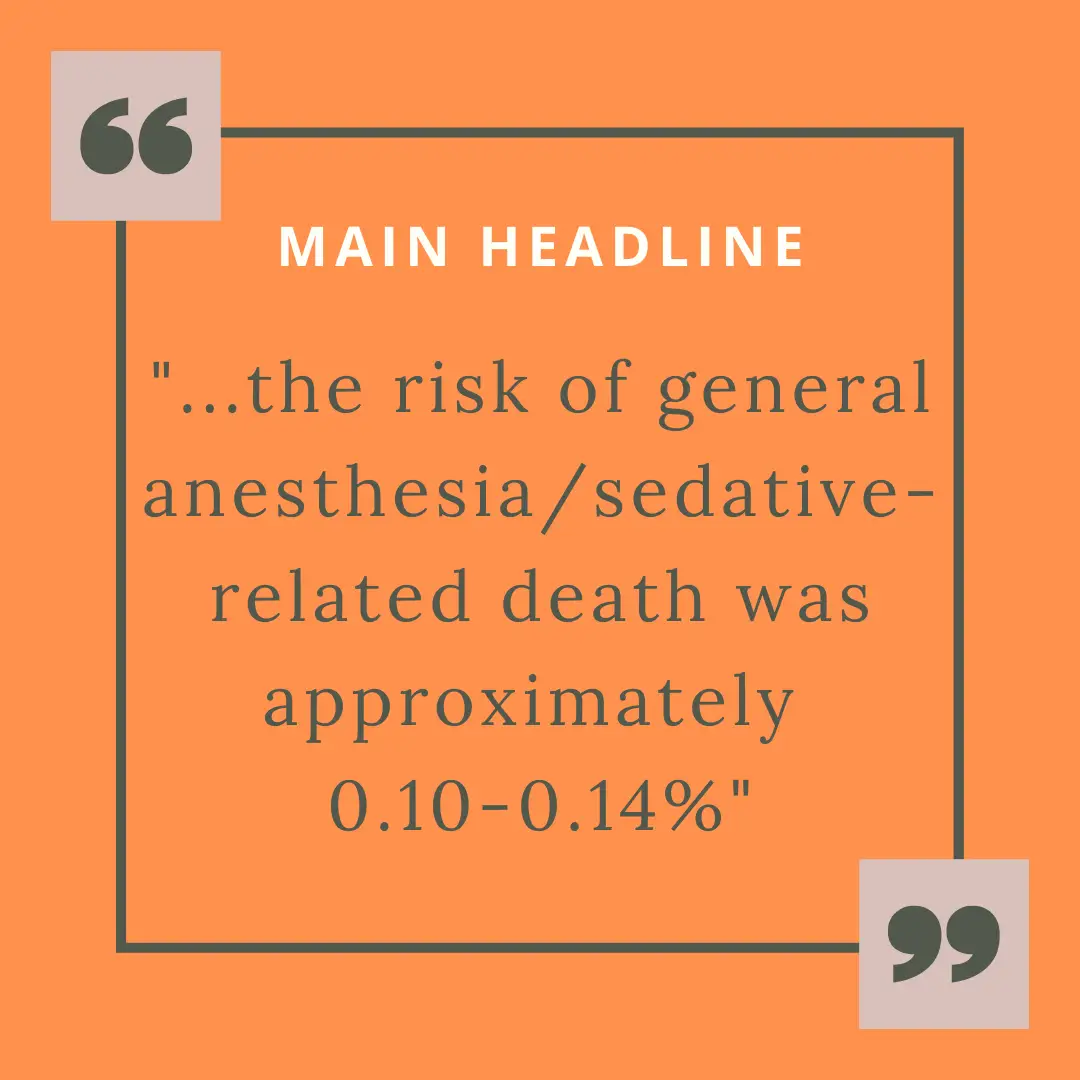
Researchers looked at more than 157,000 cases of dogs needing a general anesthesia / sedation events between 2010 and 2013 and reported on the dog anesthesia risks of death. The published study includes insights into relative risks based on age, health status, type of procedure (including spay/neuter), and even length of dogs’ noses. It’s meant to be reassuring, but even an experienced Dog Mom like me learned a few things. Don’t miss the context and caution about possible overestimation of risk at the bottom of the page.
Dog Anesthesia Risks Stats
Basically, the headline is that the risk of dogs in general dying in relation to a general anesthesia or sedation event is about 100 in 100,000 or a bit more.
Here’s how the detailed data breaks out. If the 157,318 cases reviewed:
- 159 dogs died within 48 hours (0.10% or 100 in 100,000)
- 219 dogs died within 2 weeks (0.14% or 140 in 100,000
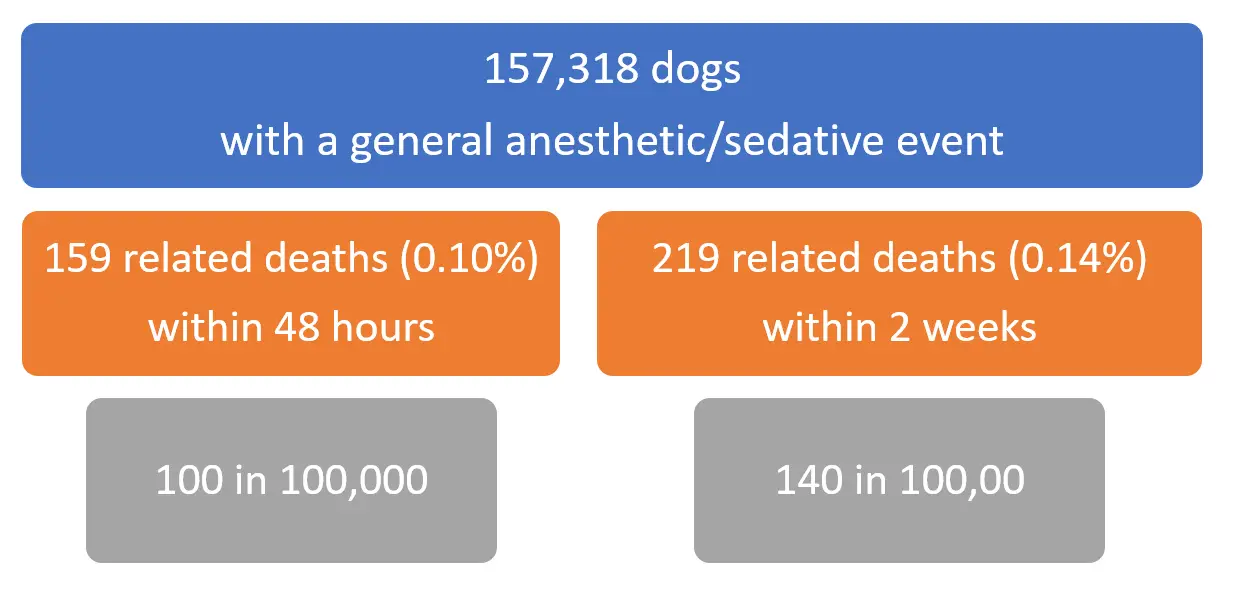
Dog Anesthesia Risks Spay/Neuter
When researchers looked specifically at spay / neuter surgeries, the data shows that only 8 out of 89,852 of those surgeries resulted in a dog’s death:
- 5 within 48 hours
- 3 within 2 weeks
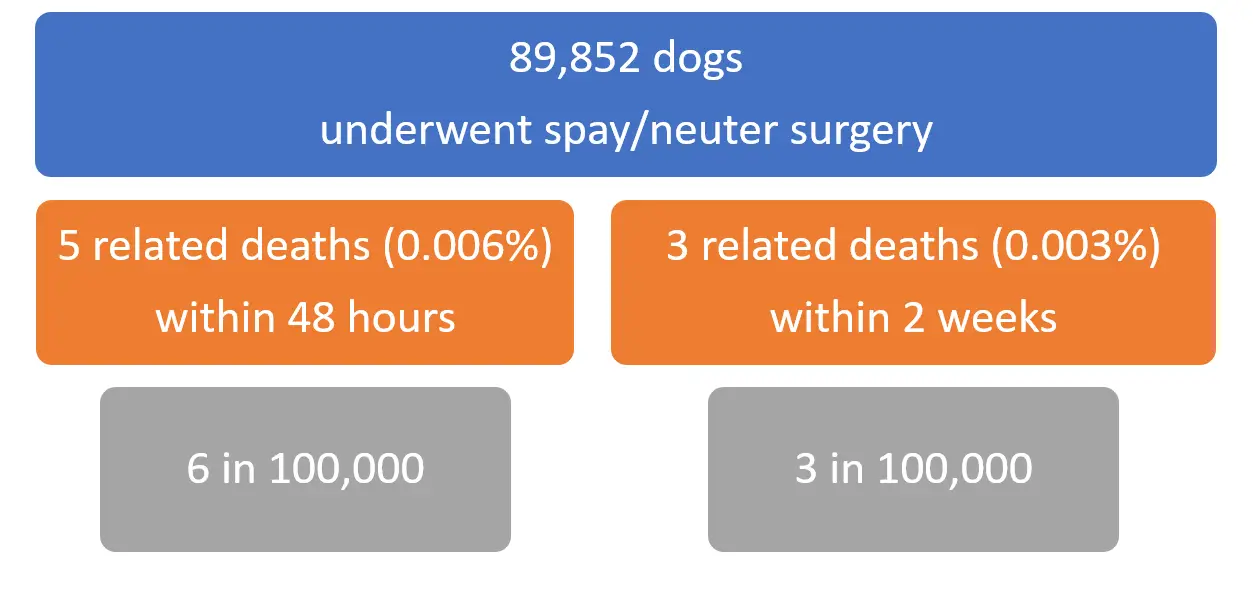
Dog Anesthesia Risks – Age
Compared to dogs ages 0.5-1.5 years old, older dogs face higher anesthesia risks:
- Dogs ages 5-7 face 4.9 times the odds of death.
- Dogs ages 7-9 also face 4.9 times the odds of death.
- Dogs over age 9 face 12.8 times the odds of death.
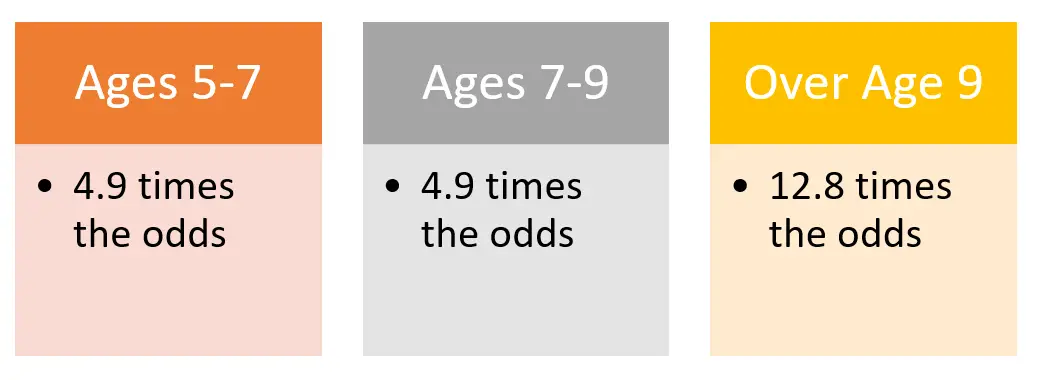
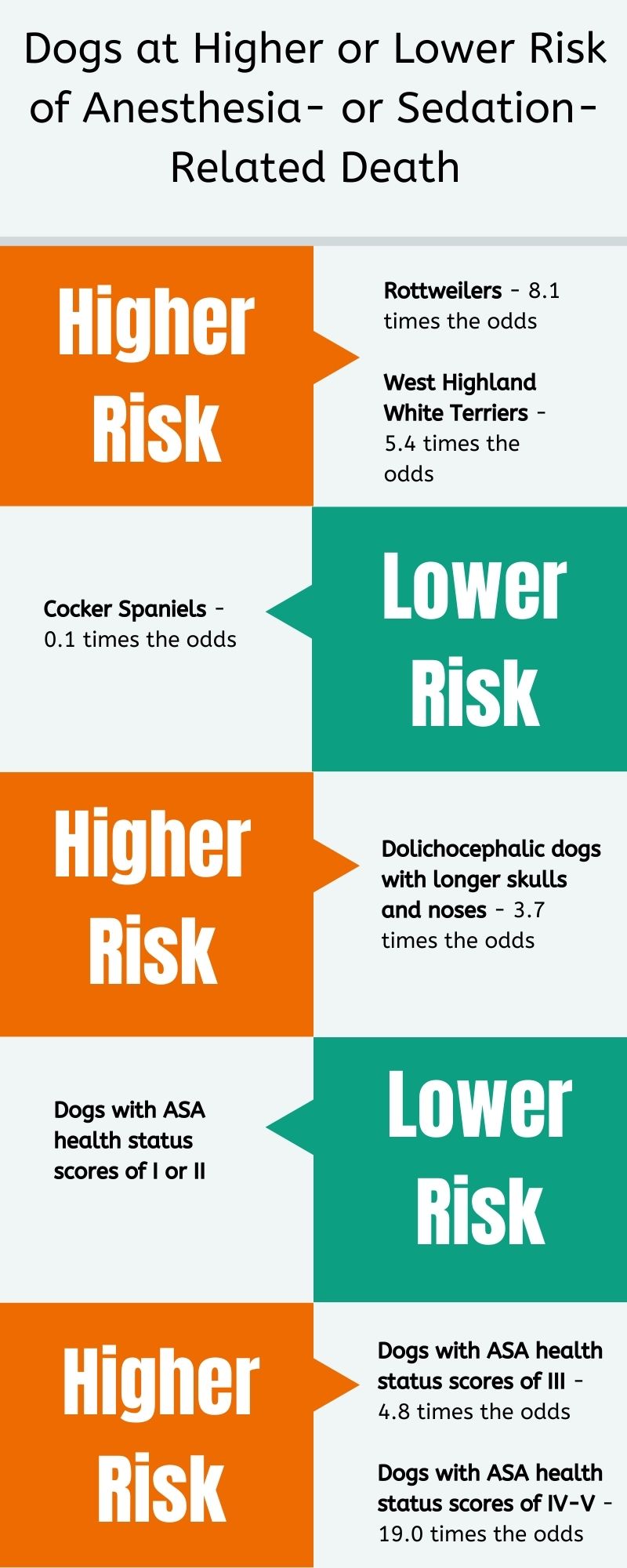
What About Breeds and Other Factors?
The study found that some breeds face higher — or lower — risks of death from anesthesia. For example:
- Rottweilers have 8.1 times the odds of anesthesia-related death — poor Rotties! Remember how high their bone cancer risks are too?
- West Highland White Terriers have 5.4 times the odds of anesthesia related death
- BUT … Cocker Spaniels have much lower odds (just 0.1)
Length of a Dog’s Nose and Dog Anesthesia Risks
While other studies have reported higher dog anesthesia risks for brachycephalic breeds (dogs with smooshed faces), this one found “no significant difference between mesocephalic and brachycephalic breeds.” Mesocephalic means like medium or normal length noses.
However, dolichocephalic dogs (those with long skulls and noses, like Greyhounds, Collies, and Great Danes face higher odds for dog anesthesia risks (3.7 times the odds).
Health Status Ranking
The American Society of Anesthesiologists scores each patient’s health status. It isn’t surprising that dogs with a score of III or higher face greater dog anesthesia risks than other dogs. In those cases, the surgeries or diagnostic procedures requiring anesthesia or sedation are likely more invasive and urgent. And, the researchers found “more urgent procedures were associated with greater odds of death.”
- ASA Health Status I means a normal / healthy patient.
- ASA Health Status II means a patient with mild systemic disease.
- ASA Health Status III means a patient with severe systemic disease.
- ASA Health Status IV means a patient with severe systemic disease that is a constant threat to life.
- ASA Health Status V means a patient in a terminal decline, not expected to survive without surgery.
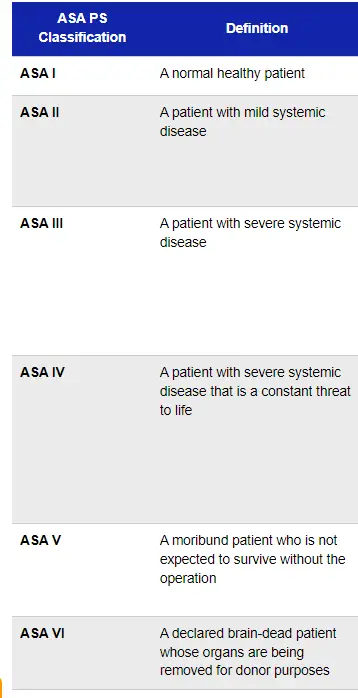
What Surprised Me
Even after sharing my entire lifetime with dogs, I guess I always felt like once dogs were in recovery after surgery, then they were going to be okay. And, I’m relieved to say that I’ve never had a dog die due to anesthesia.
The study, though, looked for death within 48 hours and within 2 weeks, and that surprised me. I stop worrying long before then. I don’t see anywhere in the paper that shows how many dogs fell into these timing of death categories, but the paper mentions looking for these causes of death:
- Euthanasia
- Cardiorespiratory
- Gastrointestinal
- Neurological
- Renal
- Unclear, but not euthanasia
While the overall odds of death related to anesthesia are indeed low, according to this paper, I know that when rare things happen to your dog … they DO NOT FEEL RARE. I learned that when we lost our original canine heroine (Lilly) to a rare rabies vaccine reaction.
The study did find higher risk for dental procedures (8.5 times higher the odds) within 48 hours. That seems off to me. BUT, on the plus side, they found that minor soft tissue procedures had lower odds (0.3) than even diagnostic procedures.
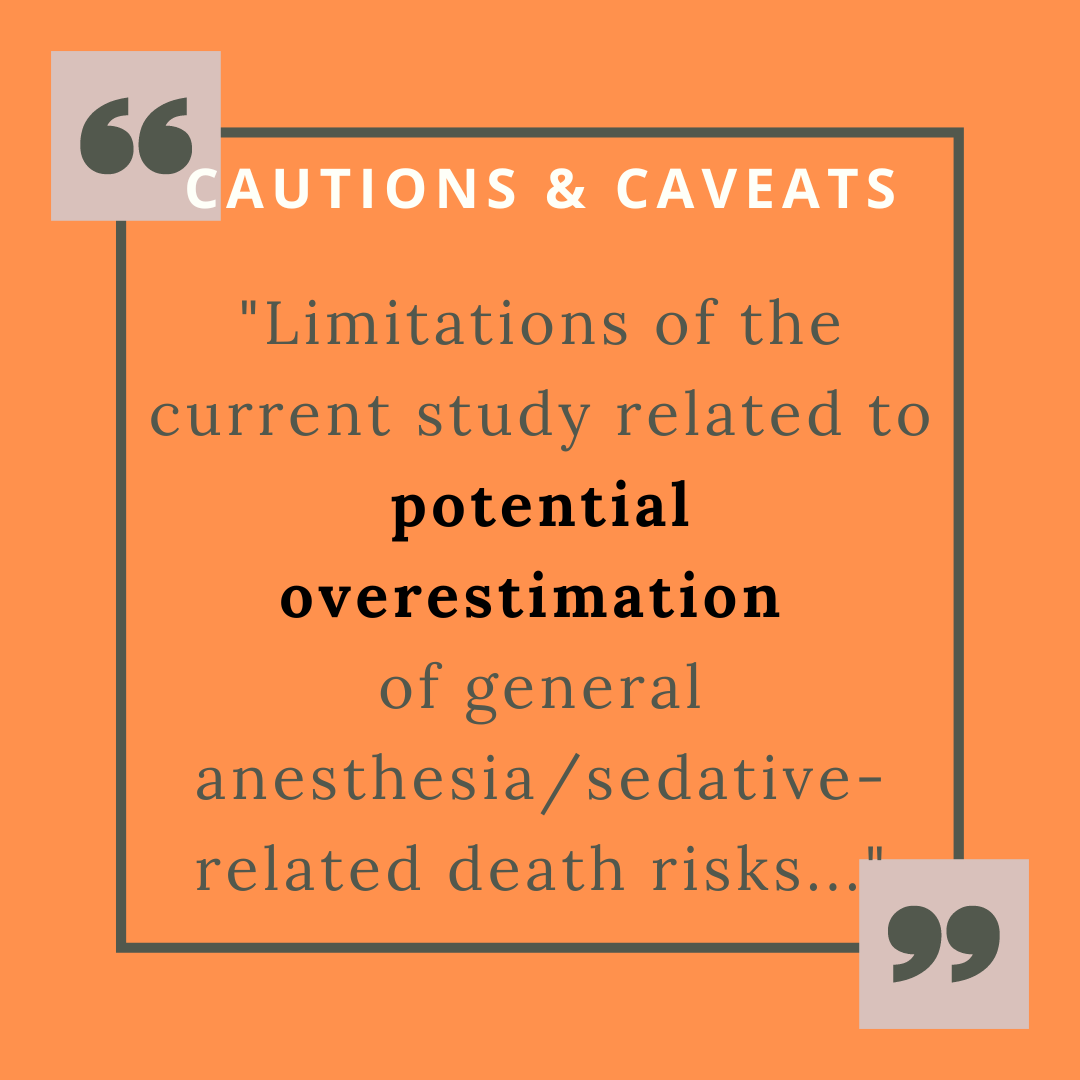
Context and Cautions
In the section were the authors list possible study limitations and such, they specifically say … “Limitations of the current study related to potential overestimation of general anesthesia/sedative-related death risks and potential misclassifications of both cause of death and risk factor data and this outcome was inferred from the cause of death and clinical notes. It is possible that further detailed postmortem examination / necropsy may have ruled out a proportion of dogs deemed to be cases in the current study.”
In an interview one of the coauthors said he hoped the information “can help owners deal with these fears [of anesthesia] by understanding the real anesthetic risk is not that high: 14 deaths in every 10,000 dogs.”
